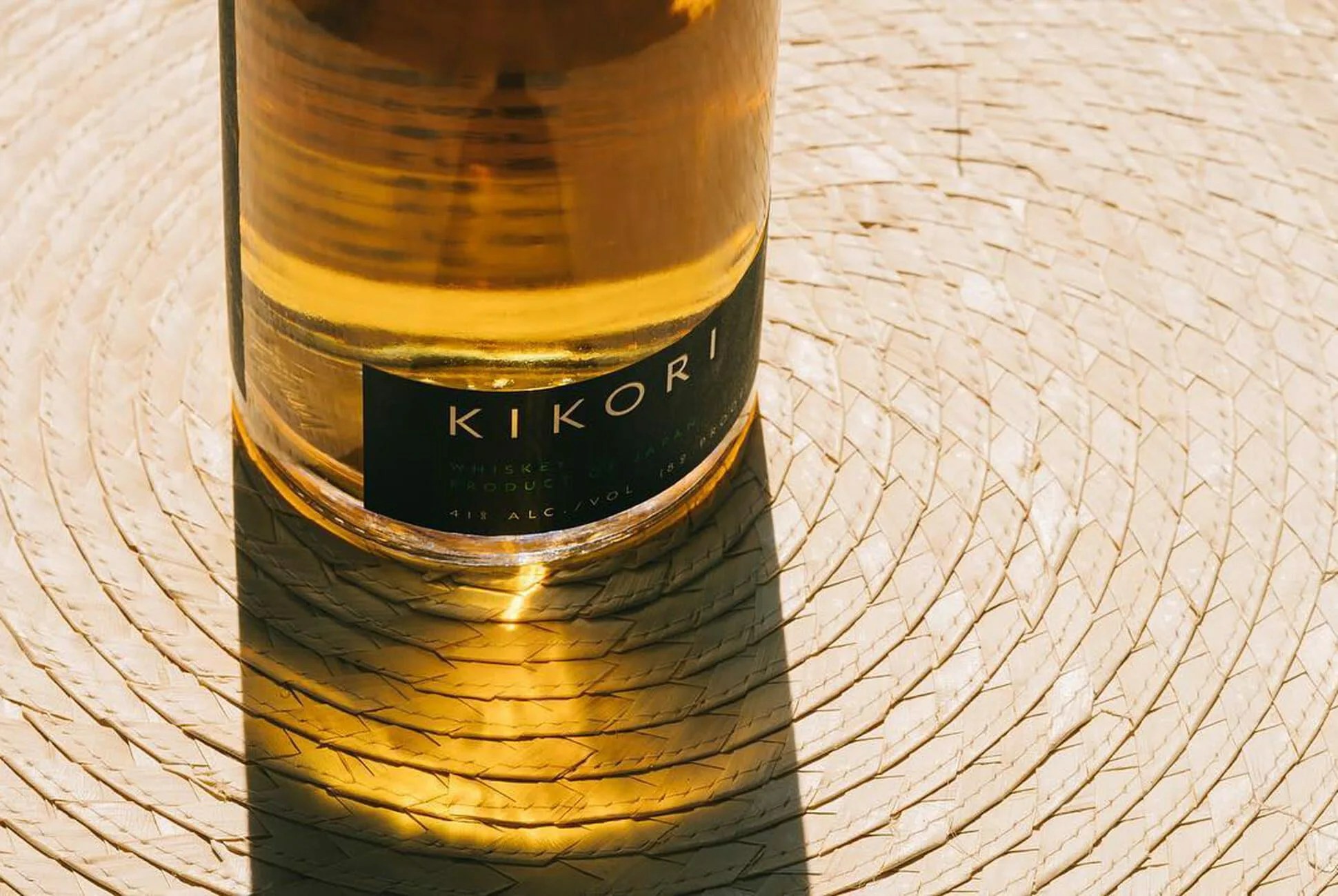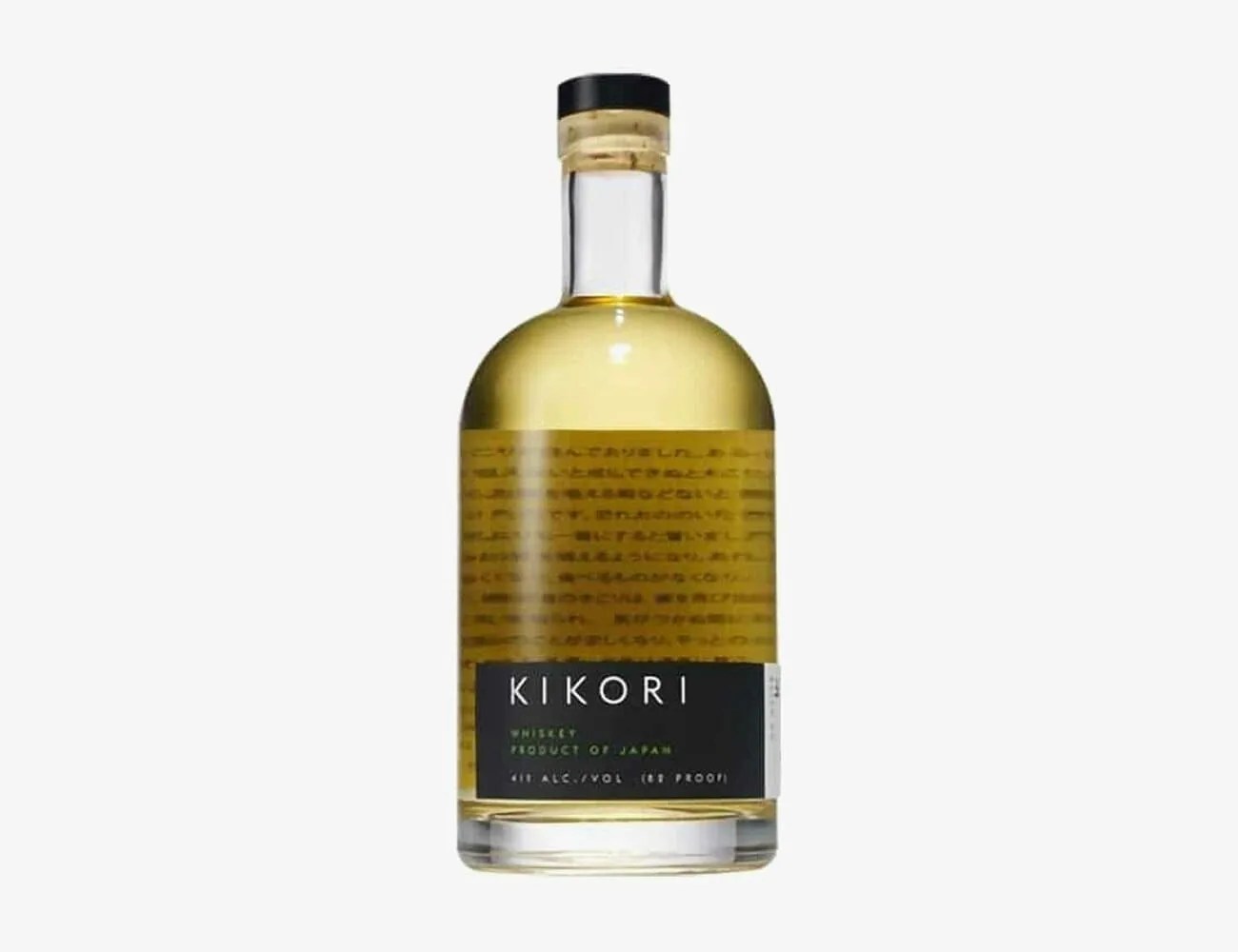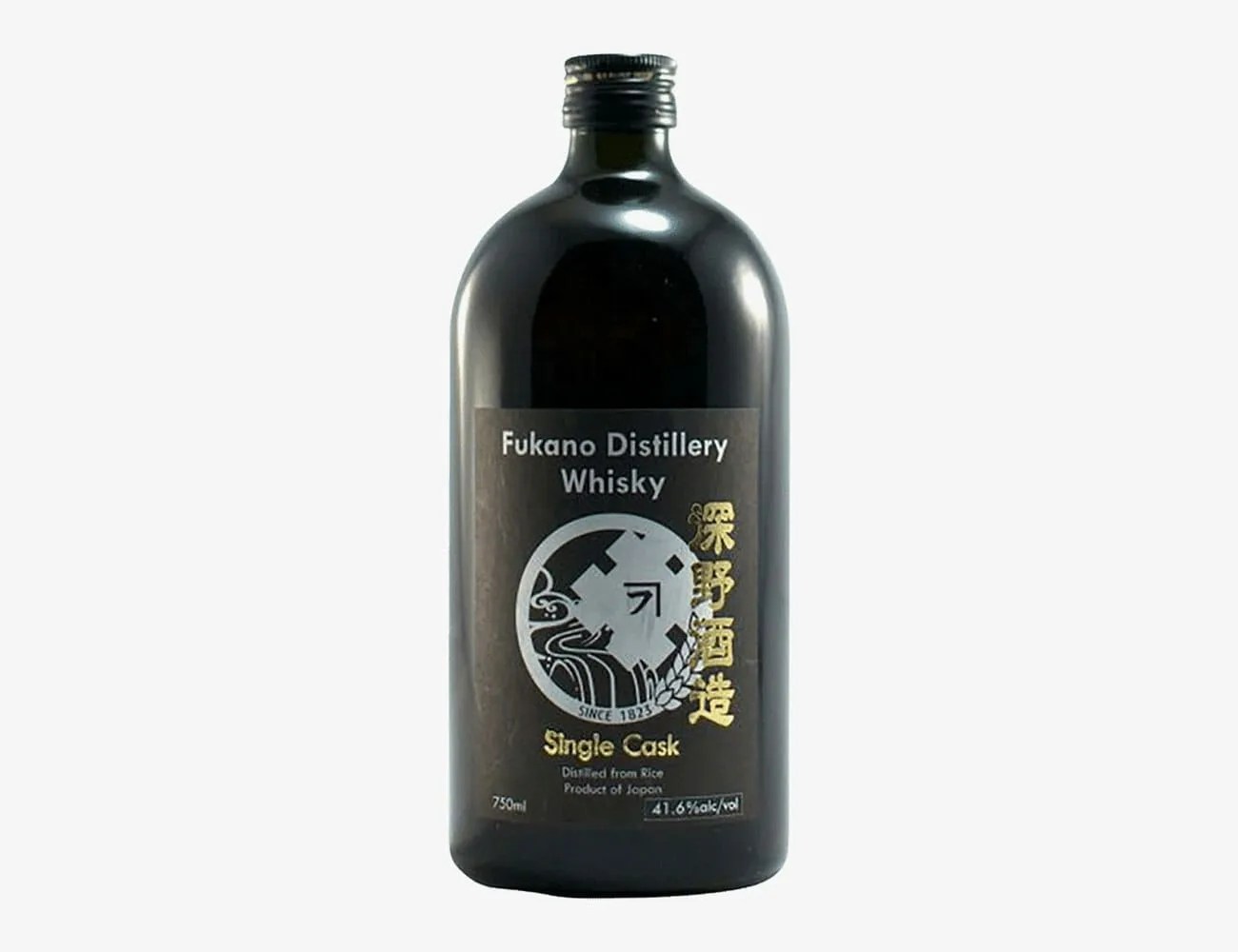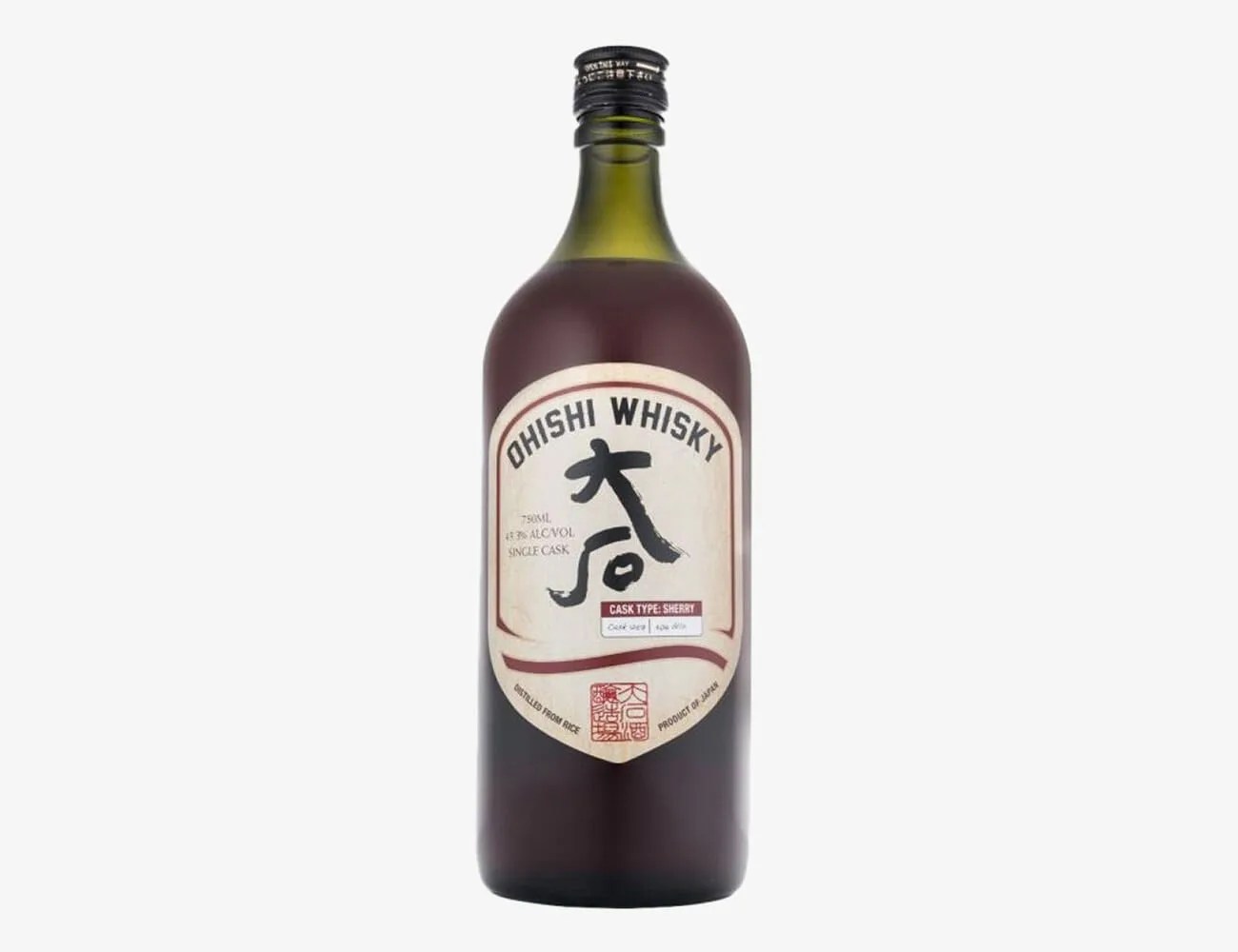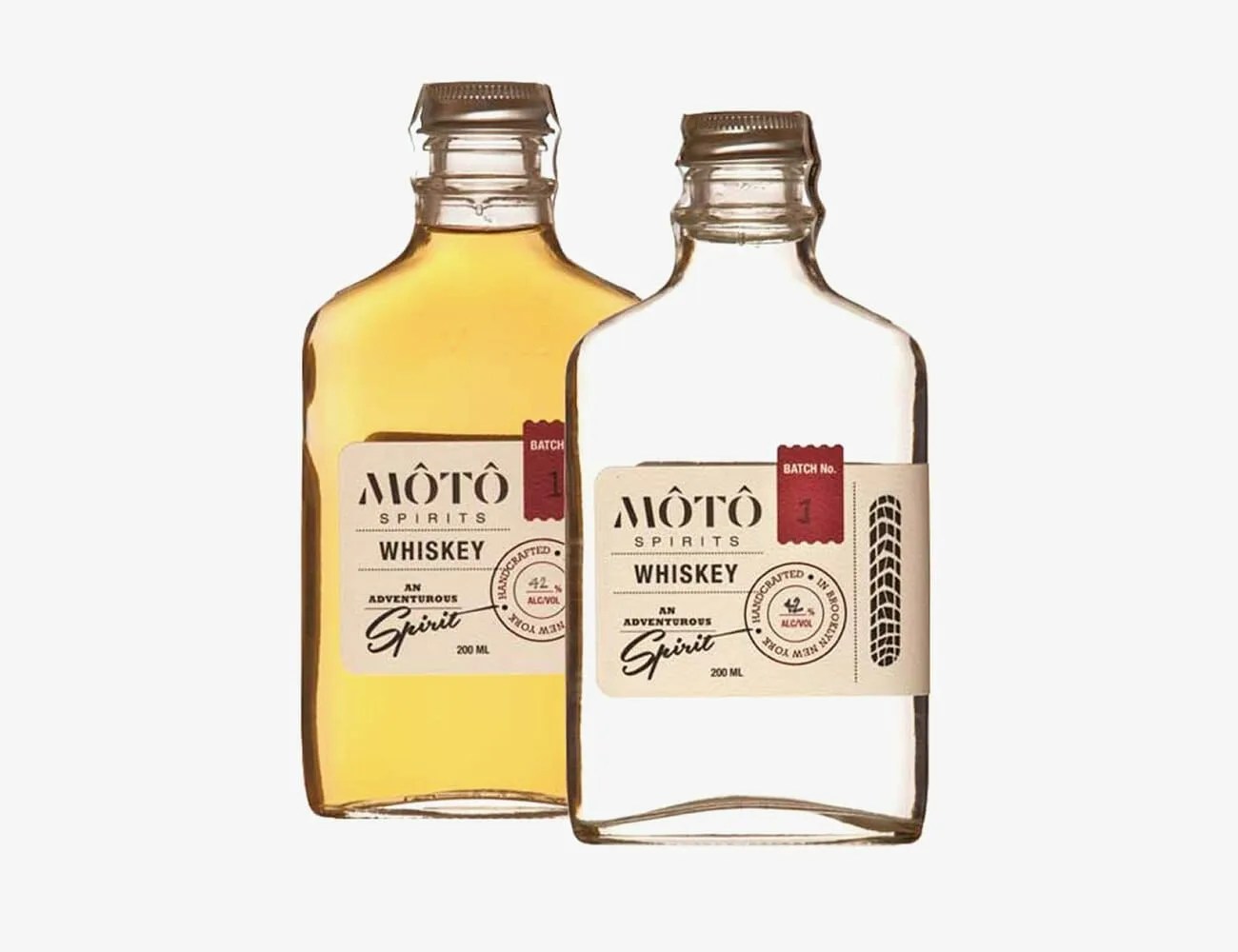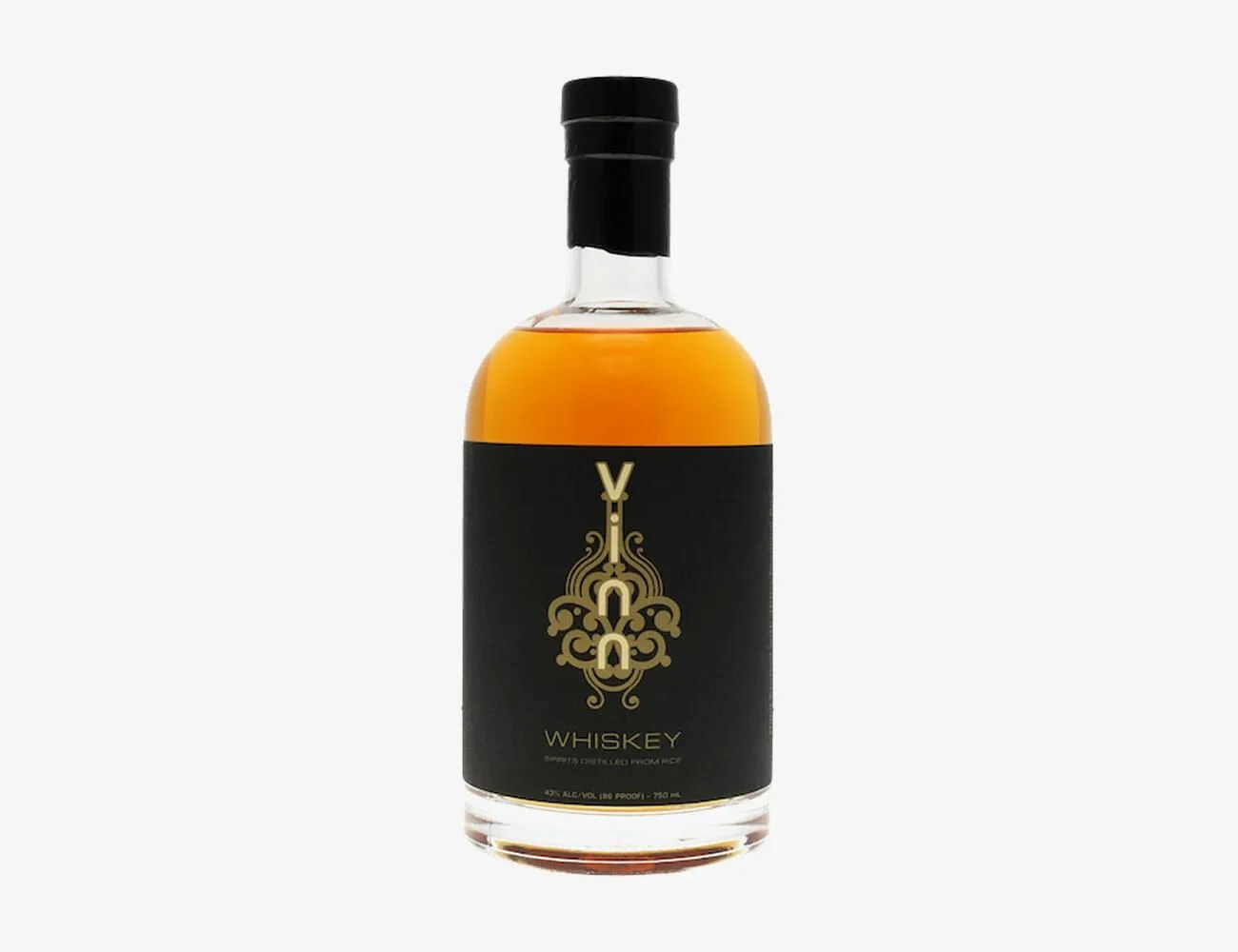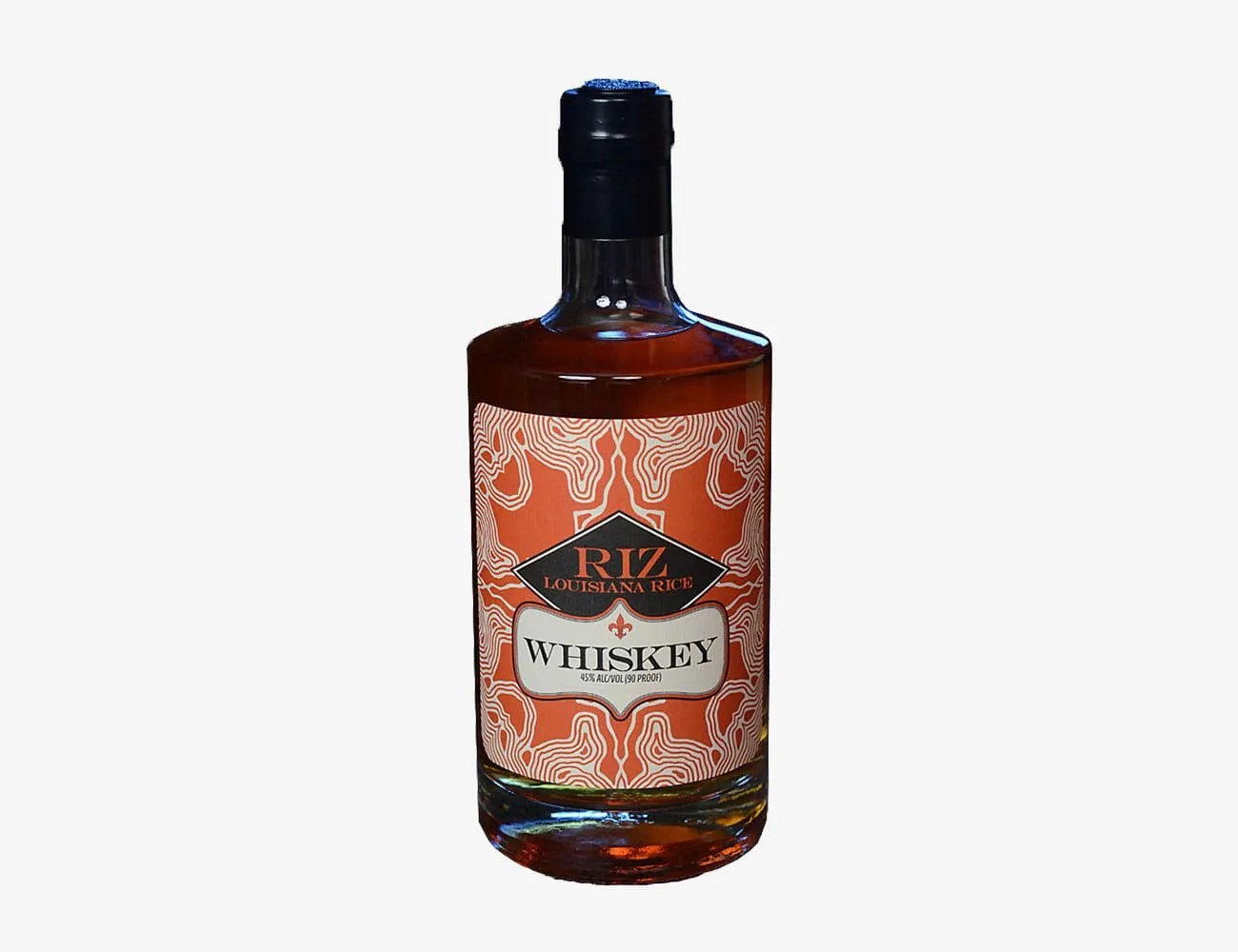Rice whiskey might sound like something entirely new. And it is … sort of. But let us start with the part that’s not.
Various Asian cultures have been using rice and its mold (the Japanese call it koji) to make distilled spirits called shochu, soju, baijiu and ruou gao for hundreds and, in some cases, thousands of years. Whatever you want to call it — “rice wine” or “white liquor” — it’s used a ton, for medicinal purposes, to honor ancestors or just to get lit. Baijiu, much of which is made with rice, is the best selling liquor in the world; in 2016, more bottles of the stuff were sold than vodka, gin, rum, whiskey and tequila combined.
Whiskey is a grain-based spirit aged in wood barrels, and rice, of course, is a grain. So, throw one of those rice spirits in charred oak and you have rice whiskey. Skeptics could say the pairing of rice spirits and oak barrels is a great way to put the magic “w” word on a bottle. But this new class of spirits speaks for itself. Plus, the path to making this sort of drink often involves an epic journey between Asia and America, intentional or otherwise.
At Vinn Distillery, two generations and a history of diaspora conspired to make whiskey using rice. Phan Ly and his wife, Kim Trinh, were moved by war, work and hope from North Vietnam to China to Hong Kong, and eventually, to Oregon. After Ly retired, he decided he wanted to put his homemade rice spirits on the liquor store shelf and started Vinn Distillery. And then there was the luck side of it. “My sister was at a garage sale and bought a few gallon-sized oak barrels to age baijiu in,” says one of his daughters, Michelle, who helps with the business. “A year later we were tasting it at the distillery. It was amber-colored, and it was delicious, and we realized it was a whiskey.”
At Moto Whiskey in Brooklyn, it was travel, and a dispute between palates, that gave rise to its rice whiskey. Cofounder Marie Estrada, who used to work in publishing, tasted her first rice spirit when her business partner, Hagai Yardeny, brought some back from a motorcycle trip through Vietnam. “Everyone there drinks it out of reused plastic water bottles,” Estrada says. “I tasted it, and I said to him, ‘You fell in love with this?’ I thought it was horrible. Then I tasted another one, and it tasted delicious, almost like cashews.”
It’s hard to generalize the category of rice whiskey, given the many different ways distillers make the base rice spirit. But common characteristics include a light mouthfeel, hints of subtle fruit and sugary brightness, and the classic whiskey notes of caramel, oak tannin and vanilla.
There are still only a few distillers making it worldwide, and several in Japan, with an interesting twist. One, Kikori Whiskey, was founded by an American, Ann Soh Woods, who makes her whiskey in Japan but can only sell it in the U.S.; the Japanese have stricter rules than America does about what constitutes whiskey. (There are two other Japanese distilleries that make rice whiskey and must export it to the US to sell it.)
Look for one of these bottles to give it a try yourself.
